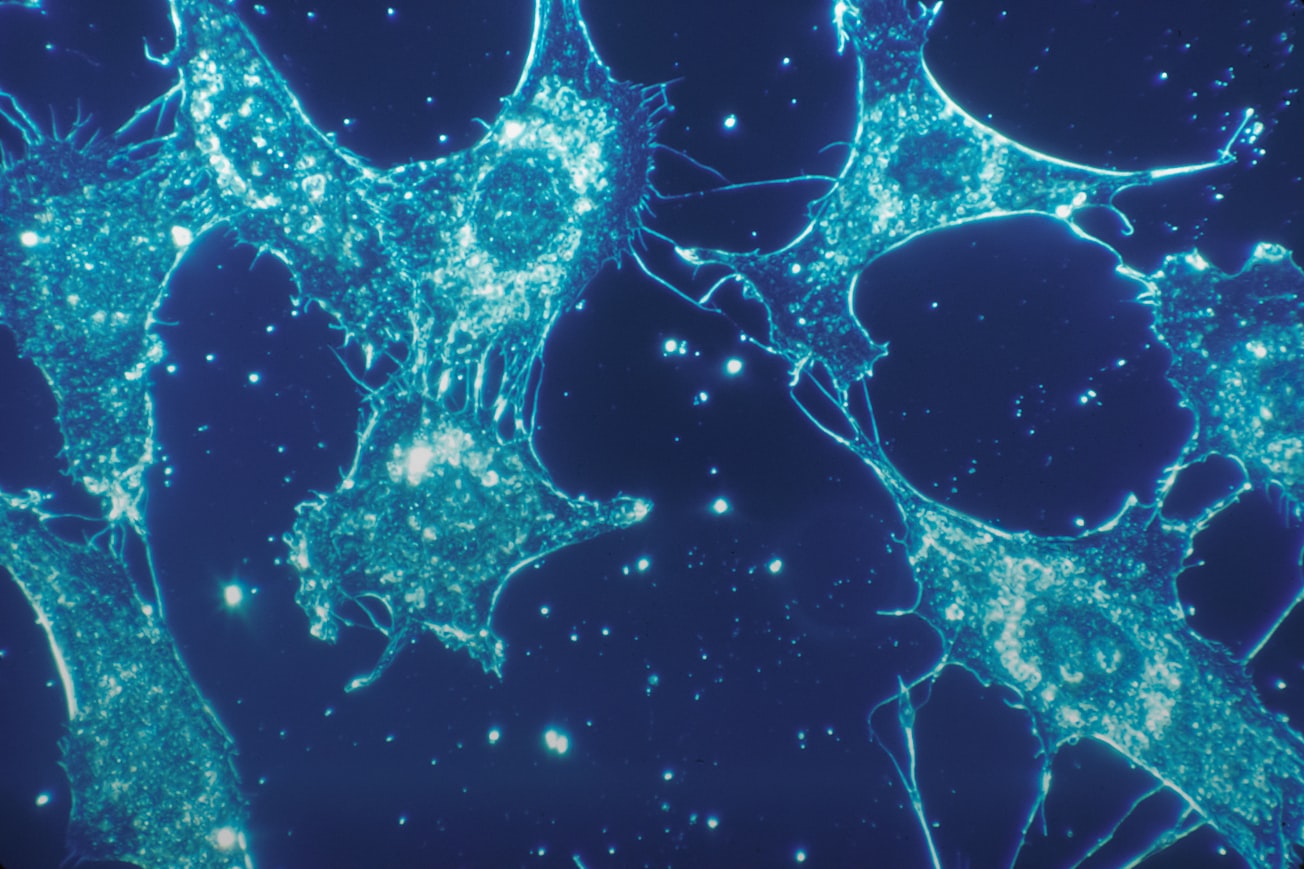What is it about?
Autophagy is a process used by cells to remove intracellular protein aggregates and microbial pathogens. During this process, double-membrane vesicles are generated to sequester part of the cytoplasm that may contain protein aggregates or microbial pathogens. This report describes how hepatitis B virus hijacks the autophagic membranes to support its assembly, protein transport and egress.
Featured Image

Photo by National Cancer Institute on Unsplash
Why is it important?
Our study describes how hepatitis B virus (HBV) uses an intracellular antiviral mechanism to benefit its own replication. It also extensively describes the relationship between autophagic membranes and HBV replication and provides important information for understanding the lifecycle of this important human pathogen.
Perspectives
This work provides a detailed analysis on the relationship between autophagic membranes and hepatitis B virus.
J.-H. James Ou
University of Southern California
Read the Original
This page is a summary of: Autophagic membranes participate in hepatitis B virus nucleocapsid assembly, precore and core protein trafficking, and viral release, Proceedings of the National Academy of Sciences, July 2022, Proceedings of the National Academy of Sciences,
DOI: 10.1073/pnas.2201927119.
You can read the full text:
Contributors
The following have contributed to this page










